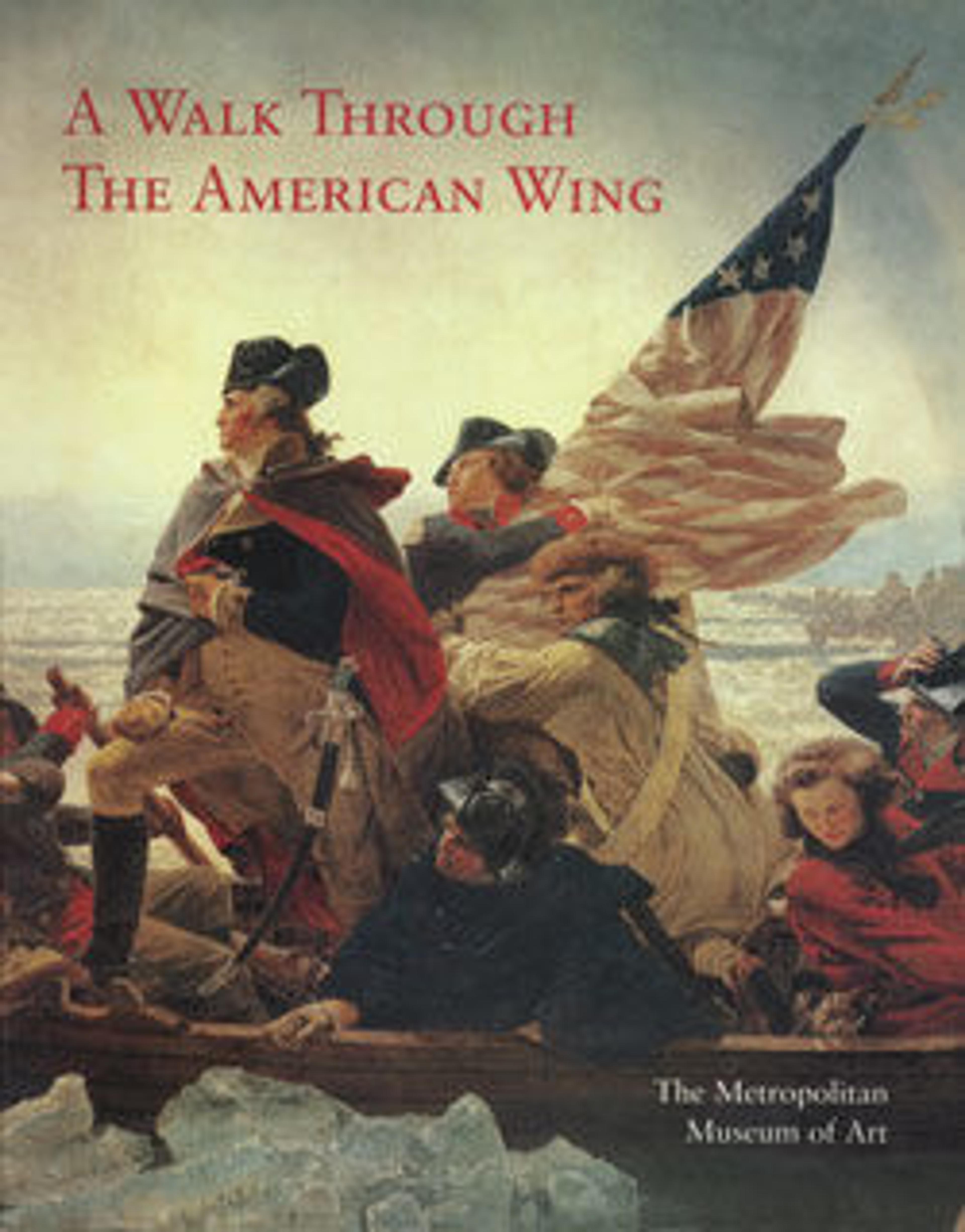Wentworth House
In 1926, the Museum purchased the entire Wentworth House, built about 1695–1700 in Portsmouth, New Hampshire. The original intention was to dismantle the structure and incorporate its interior into the American Wing. At present, only two spaces from the house remain in the Wing: the main stair, known as the Wentworth Staircase, and the largest room from the second floor, called the Wentworth Room. The original owner of the house was John Wentworth (1671–1730), a merchant, sea captain, and onetime lieutenant governor of New Hampshire. The house was unusually grand in scale. Built on a central chimney plan, the structure's main stairway rose from the first floor to the attic and was contained within a small entry that abutted against the front of the chimney. The spiral turned balusters are the earliest of this type known in New England. The second-floor room is also distinguished as one of the largest domestic interiors surviving from the early colonial period. It is furnished with a combination of English and American-made furniture in the William and Mary or early Baroque style.
Artwork Details
- Title:Wentworth House
- Date:1695–1700
- Geography:Made in Portsmouth, New Hampshire, United States
- Culture:American
- Medium:Wood, oak, pine
- Dimensions:Dimensions unavailable
- Credit Line:Sage Fund, 1926
- Object Number:26.290
- Curatorial Department: The American Wing
More Artwork
Research Resources
The Met provides unparalleled resources for research and welcomes an international community of students and scholars. The Met's Open Access API is where creators and researchers can connect to the The Met collection. Open Access data and public domain images are available for unrestricted commercial and noncommercial use without permission or fee.
To request images under copyright and other restrictions, please use this Image Request form.
Feedback
We continue to research and examine historical and cultural context for objects in The Met collection. If you have comments or questions about this object record, please contact us using the form below. The Museum looks forward to receiving your comments.
